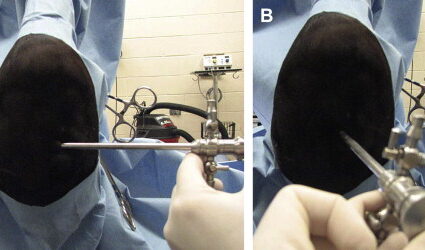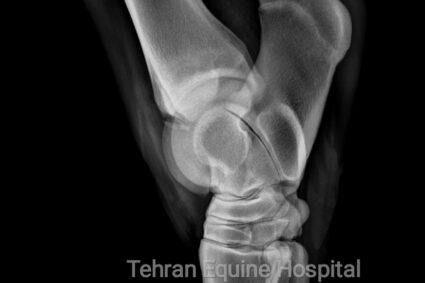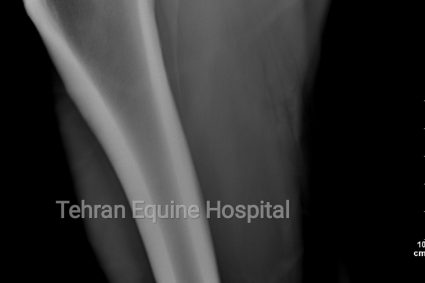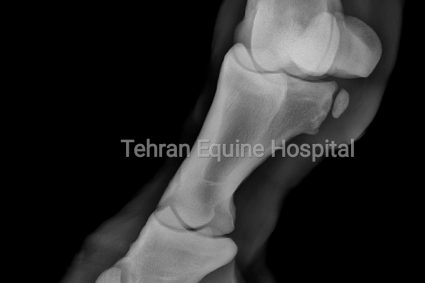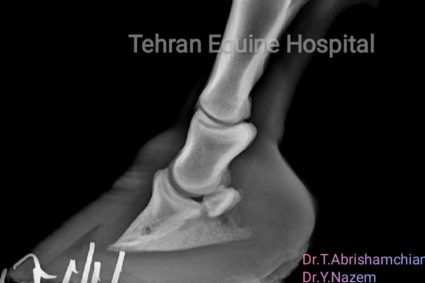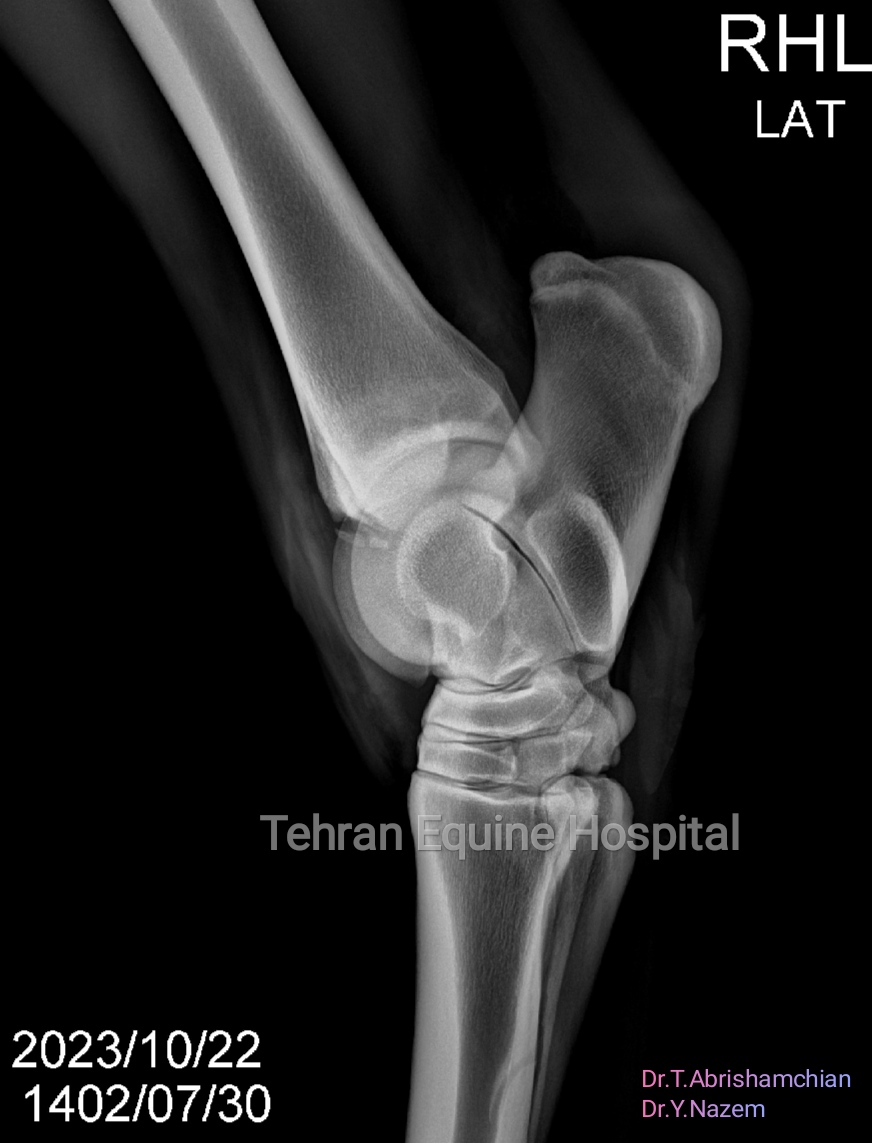
Digital radiology is one of the advanced and effective diagnostic tools in modern veterinary medicine, especially crucial for diagnosing limb diseases in horses. This non-invasive imaging technique allows for a detailed examination of the internal structures of bones and joints, making it highly effective for detecting issues such as fractures, cracks, arthritis, congenital abnormalities, and other bone and joint diseases.
Advantages of Digital Radiology in Diagnosing Limb Diseases in Horses:
1. High-Quality Images: The images obtained from digital radiology are of superior quality and resolution, allowing veterinarians to observe the detailed structures of bones and hard tissues. This feature facilitates quicker and more accurate diagnoses.
2. Fast Processing and Immediate Display: Unlike traditional methods, digital radiology does not require film development, and the images are immediately viewable on the monitor after imaging. This shortens the diagnostic time and allows for faster initiation of treatment.
3. Reduced Radiation Exposure and Increased Safety: Digital radiology uses a lower dose of radiation compared to traditional methods, reducing the risks associated with exposure for both the horse and the veterinarian. Additionally, this method allows for repeated imaging without concerns about the potential harm of repeated radiation exposure.
4. Easy Data Storage and Management: Digital images can be easily stored and archived in computer systems, and they can be quickly shared with other veterinarians or specialists around the world. This is especially valuable for expert consultations and reviewing patient records.
5. Zooming and Detailed Analysis Capability: Digital images can be zoomed in and processed, allowing veterinarians to closely examine specific areas of the image. This advantage greatly aids in the precise diagnosis of injuries and abnormalities.
The Value of Digital Radiology in Equine Care:
As an advanced diagnostic tool, digital radiology plays a significant role in managing limb diseases in horses. Due to their involvement in sports and competitive activities, horses are more prone to movement-related injuries. Quick and accurate diagnosis through digital radiology enables veterinarians to develop more effective and high-quality treatment plans for horses and prevents the progression of diseases. This not only improves the quality of life for horses but also provides substantial time and financial savings for their owners.
The use of digital radiology in specialized centers, such as Tehran Equine Hospital, equipped with advanced technology and experienced staff, assures veterinarians and horse owners that examinations and care are conducted with the highest level of precision and quality.

